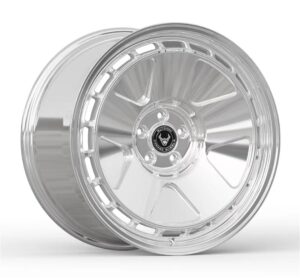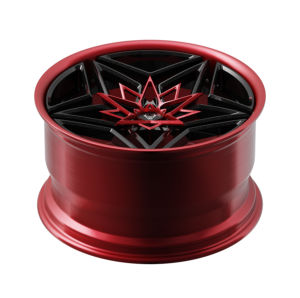Advantages of Concave Wheels
Concave wheels reduce aerodynamic drag compared to regular wheels while driving.
- First, in terms of appearance, we can see that vehicles with larger wheels have a more impressive and sporty look.
- Larger wheel size: The advantage is that the vehicle has less tilt when turning, which improves handling. The wider tires provide better stability during high-speed driving and offer strong traction with the ground.
- The wheel, also known as the rim, is a barrel-shaped metal component that supports the tire and is mounted on the axle.
- Also known as the rim, wheel rim, wheel, or tire rim.
- There are many types of wheels based on their diameter, width, manufacturing method, and material.
- Visually, the gap between the wheel and the vehicle body is reduced, giving a proud feeling of lowered vehicle height.
- In terms of performance, to achieve better balance, larger and wider tires must be selected along with the wheel upgrade.
- However, while wider tires provide more stable traction, the increased friction can result in slower acceleration and noticeably higher fuel consumption.
- In terms of safety, as the wheel widens, the tire width also increases, enhancing driving safety and reducing braking distance.
- Larger concave wheels offer good support and less side tilt during bends, improving driving pleasure and increasing grip.
- However, it is advised not to go for excessively large wheels as it can lead to lower tire puncture resistance. Additionally, on rough roads, insufficient shock absorption of the tires and potential impact deformation and damage to the wheels can pose safety risks.
You can get more concave wheels from our website
- Monoblock forged wheels
2. 2 piece forged wheels



